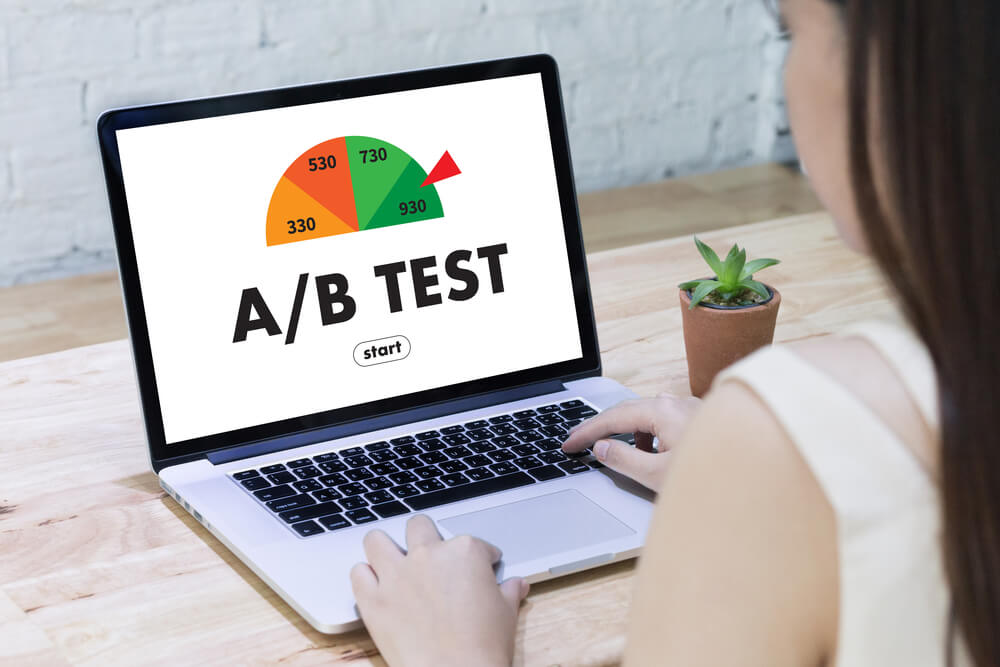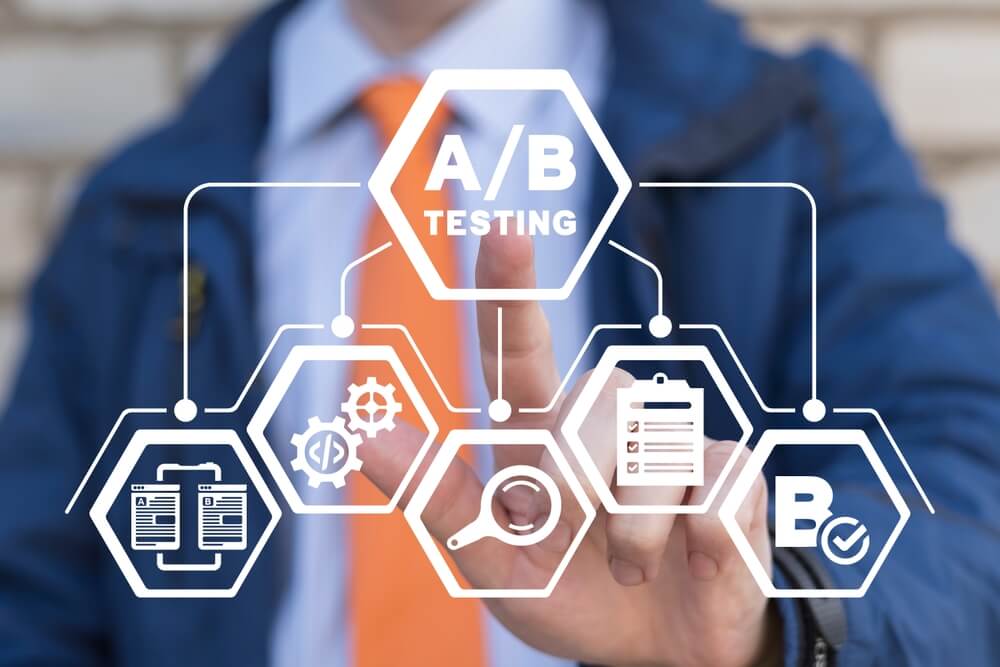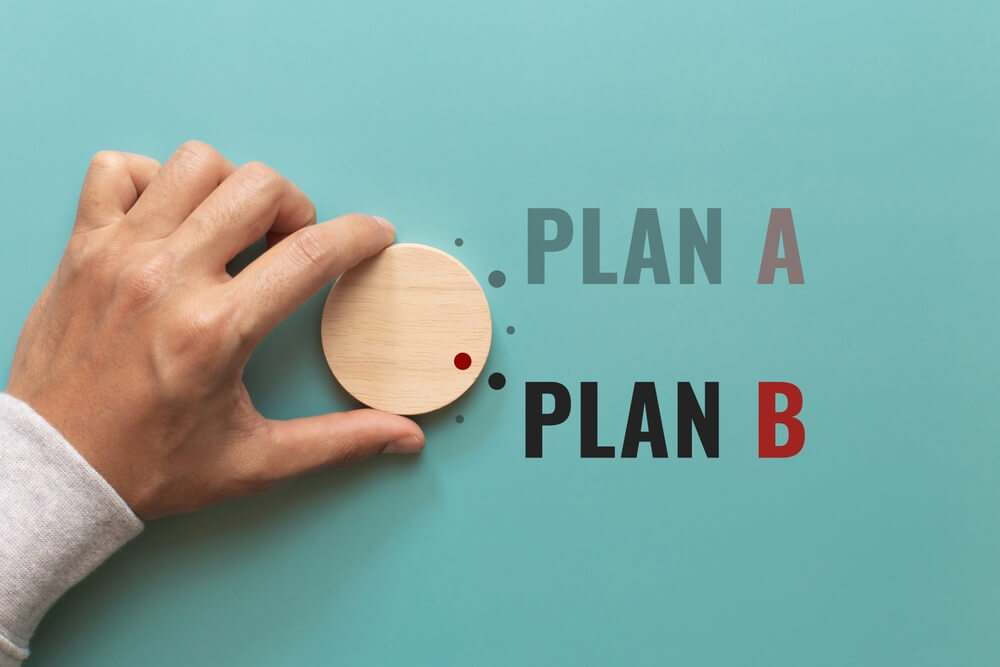
How To Best Use A/B Testing To Boost SaaS Conversions
SaaS agencies rely on A/B testing to optimize conversions. Effective A/B testing can detect user preferences and optimize interfaces to boost conversions. It lets SaaS companies make data-driven decisions to customize every change to user needs, increasing conversions and revenue.
Converting with A/B testing requires smart strategies. A SaaS marketing agency recommends the following:
 A plan for A/B testing in SaaS ensures clear goals and a structured way to test, which improves resource allocation, lowers risks, and overall boosts conversions. It defines hypotheses, variables, and data collection methods, making sure of a systematic evaluation of test results for informed decision-making and campaign improvement.
Here is a detailed guide to creating effective A/B tests.
A plan for A/B testing in SaaS ensures clear goals and a structured way to test, which improves resource allocation, lowers risks, and overall boosts conversions. It defines hypotheses, variables, and data collection methods, making sure of a systematic evaluation of test results for informed decision-making and campaign improvement.
Here is a detailed guide to creating effective A/B tests.
 Marketers can use split testing in various sectors of marketing. Here are industry-specific tips for test design, focusing on selecting metrics and understanding statistical significance in multiple sectors.
Marketers can use split testing in various sectors of marketing. Here are industry-specific tips for test design, focusing on selecting metrics and understanding statistical significance in multiple sectors.
- Understanding A/B testing.
- Applying strategic experimentation.
- Designing effective A/B tests.
- Leveraging A/B test results for maximum effect.
Want to know how we help SaaS businesses stand out from the crowd? Watch this video to learn how DAP makes it happen!
Understanding A/B Testing
A/B testing, also known as split testing, compares two versions of a webpage, app interface, or marketing material to determine which performs better in terms of user engagement and conversion rates. It is critical in the iterative process of SaaS product development and marketing because it can provide empirical, data-driven insights. By presenting different variations to randomly selected segments of users, A/B testing enables SaaS companies to discern which design, feature, or message resonates more effectively. This supports continuous improvement, allowing businesses to make informed decisions based on user behavior rather than assumptions. However, SaaS companies must know the proper process for A/B testing. Consider these typical challenges and pitfalls that SaaS companies encounter when implementing A/B tests:- Insufficient traffic volume. Limited traffic hinders the significance and reliability of A/B test results. SaaS companies might struggle to collect statistically significant data if their small user base leads to inconclusive or misleading outcomes.
- Lack of clear hypotheses. Without well-defined hypotheses, conducting tests based on assumptions rather than strategic goals is easy. When A/B tests lack clear objectives or hypotheses, the results might not yield actionable insights, wasting resources and time.
- Overlooking long-term impact. Focusing solely on short-term gains might neglect the long-term impact of changes. Some A/B tests generate quick wins but potentially harm user retention or satisfaction in the long run.
- Inadequate testing duration. Ending tests prematurely or not running them for a sufficient duration might lead to inaccurate conclusions. Factors such as day-of-week variations, seasonal trends, or user behavior change over time influence results, requiring more extended testing periods for more accurate assessments.
- Misinterpretation of data. Incorrect interpretation of A/B test data can lead to misguided decisions. Sometimes, biases, such as confirmation bias (interpreting data to confirm preconceived notions) or misreading statistical significance, may cause companies to implement changes based on flawed interpretations.
Applying Strategic Experimentation
Deploying A/B testing strategically in the SaaS realm involves a systematic approach centered around business objectives. Here are simplified steps to reach success:- Align with key performance indicators (KPIs). Connect A/B testing initiatives with specific KPIs such as conversion rates, user retention, or average revenue per user (ARPU).
- Prioritize impactful testing elements. Focus on testing elements directly influencing KPIs such as user onboarding, pricing strategies, feature adoption, and subscription upgrades.
- Segment user base. Segment the user base to ensure that tests consider diverse behaviors and preferences.
- Perform iterative learning and refinement. Learn from each test and use findings to improve subsequent experiments, continuously refining strategies.
- Balance short-term gains with a long-term strategy. Ensure A/B testing aligns with broader business strategies for growth, user satisfaction, and sustained success in the competitive SaaS landscape.
Creating a Blueprint for Testing: “Designing Effective A/B Tests”
 A plan for A/B testing in SaaS ensures clear goals and a structured way to test, which improves resource allocation, lowers risks, and overall boosts conversions. It defines hypotheses, variables, and data collection methods, making sure of a systematic evaluation of test results for informed decision-making and campaign improvement.
Here is a detailed guide to creating effective A/B tests.
A plan for A/B testing in SaaS ensures clear goals and a structured way to test, which improves resource allocation, lowers risks, and overall boosts conversions. It defines hypotheses, variables, and data collection methods, making sure of a systematic evaluation of test results for informed decision-making and campaign improvement.
Here is a detailed guide to creating effective A/B tests.
1. Formulate a Clear Hypothesis
Define a hypothesis based on data, user feedback, or insights. This hypothesis should articulate a specific change or variation that you expect will improve a particular metric or user behavior. For example, “Changing the call to action button color to green will increase click-through rates by 15%.” Make sure that the hypothesis is specific, measurable, and aligned with business goals.2. Identify Variables and Test Elements
Determine the elements that you want to test based on the hypothesis. It could involve layout, content, design, pricing, or functionality variations. Make certain that only one person tests one variable at a time to accurately measure its impact. For instance, if testing a call to action button color, keep all other elements constant.3. Create Test Versions
Develop the variations (A and B) based on the identified test elements. Both versions have to be distinct yet comparable. Use tools such as A/B testing software or website builders to implement these variations and make sure that they are randomly presented to users within the defined test group.4. Set Metrics and Duration
Select critical metrics that align with the hypothesis and business objectives. Metrics include conversion rates, clickthrough rates (CTR), time on page, or specific user actions. Determine the sample size required for statistical significance and set a test duration that allows for user behavior variations, usually at least a complete business cycle.5. Analyze Results and Implement Findings
Once the test concludes, analyze the data using statistical methods to identify the winning variation. Look beyond superficial metrics to ensure that the change aligns with the hypothesis. Implement the successful variation and document insights gained from the test, whether it is a confirmation or refutation of the initial hypothesis. Iterate further tests based on these insights. A/B testing is an iterative process. Learn from each test, refine the hypotheses, and use the insights gained to inform future experiments. Regularly revisit and reassess the testing strategies to align with evolving user preferences and business goals for continuous improvement.Tips for Testing Design According to Different Marketing Sectors
 Marketers can use split testing in various sectors of marketing. Here are industry-specific tips for test design, focusing on selecting metrics and understanding statistical significance in multiple sectors.
Marketers can use split testing in various sectors of marketing. Here are industry-specific tips for test design, focusing on selecting metrics and understanding statistical significance in multiple sectors.
1. Ecommerce
Focus on metrics such as conversion rates, average order value, cart abandonment rates, and CTR. Analyze ecommerce site navigation to determine which variations lead to increased purchases, a higher cart value, or reduced abandonment. Because of the potentially high traffic in ecommerce, use a statistically significant sample size to accurately detect small changes. Consider segmenting tests based on user behavior (new vs. returning) for more targeted insights.2. Content Publishing
Look into metrics such as time on page, bounce rates, pages per session, and social shares. Test headline variations, content layout, or multimedia elements to see how they impact user engagement. For SaaS video marketing, test variations in titles, descriptions, thumbnails, and more. Account for seasonality or content relevance by running tests for longer durations. Consider qualitative feedback through surveys or user comments to complement quantitative data.3. Subscription-Based SaaS
Key metrics include trial sign-up rates, churn rates, feature adoption, and average revenue per user (ARPU). Test pricing model variations, the onboarding process, or feature placements to optimize user acquisition and retention. For lower-traffic SaaS platforms, focus on incremental changes and longer test durations. Leverage cohort analysis to understand how changes affect different user groups over time.4. Mobile Apps
Track metrics such as app retention rates, in-app purchases, user sessions, and app store conversion rates. Test user interface (UI) variations, onboarding flows, or push notification strategies to improve user engagement and app stickiness. Use A/B testing to validate the testing infrastructure and ensure that the test setup is accurate. Leverage tools that offer real-time data to quickly iterate on test variations for faster optimizations. Like in our work on our mobile app, mindSHIFT, our A/B testing had incredible results: A/B testing led to a 300% increase in lead generation on product detail pages.5. B2B Software
Monitor metrics, including free trial conversion rates, user engagement within the platform, feature usage, and customer lifetime value (CLV). Test variations in onboarding emails, UI/UX changes, or pricing plans to enhance user adoption and retention. Consider running tests on specific user segments, namely different company sizes or industries, to gain insights into how variations impact diverse user groups. Focus on long-term metrics such as CLV to comprehensively understand changes’ impacts. It is crucial to balance statistical severity with practical insights in all industries. Continuously monitor test performance and consider quantitative and qualitative feedback to make informed decisions that align with industry dynamics and user behaviors.Interpreting A/B Test Results for Maximum Impact
Analyzing A/B test results is critical for deriving actionable insights to substantially improve conversion rates and drive SaaS growth. Here is how to leverage data effectively for informed decisions:- Make sure of the statistical significance of the results. Use statistical tools to determine if the observed differences in conversion rates between variations are statistically meaningful.
- Look beyond surface-level metrics and concentrate on key performance indicators (KPIs) relevant to the SaaS business. Understand how variations affect these crucial metrics, whether it be trial sign-ups, subscription renewals, or feature adoption.
- Conduct segmentation analysis to understand how different user groups respond to variations. Analyze if specific demographics, user behaviors, or customer segments react differently to the changes.
- Embrace a culture of iterative learning from test results. Extract learnings from every experiment. Understand why a specific variation performed better or worse and carry forward these insights to refine future tests.
- Contextualize the results within the broader user journey or customer lifecycle. Determine how the tested variations impact the overall user experience.
Summing Up
A/B testing stands as an indispensable tool within the SaaS industry. Its effectiveness lies in empirically validating hypotheses and systematically exploring variations in product interfaces, features, and marketing strategies. By employing A/B testing, SaaS companies can make informed decisions based on user data, ensuring that implemented changes are grounded in evidence rather than conjecture. This iterative process fine-tunes user experiences and impacts conversion optimization, increasing engagement and improving user retention. Is your SaaS platform’s potential fully realized, or could A/B testing be the key to unlocking untapped growth? Find out how A/B testing can improve your marketing campaigns. Contact the top SaaS marketing agency; call Digital Authority Partners today.Want To Meet Our Expert Team?
Book a meeting directly here



